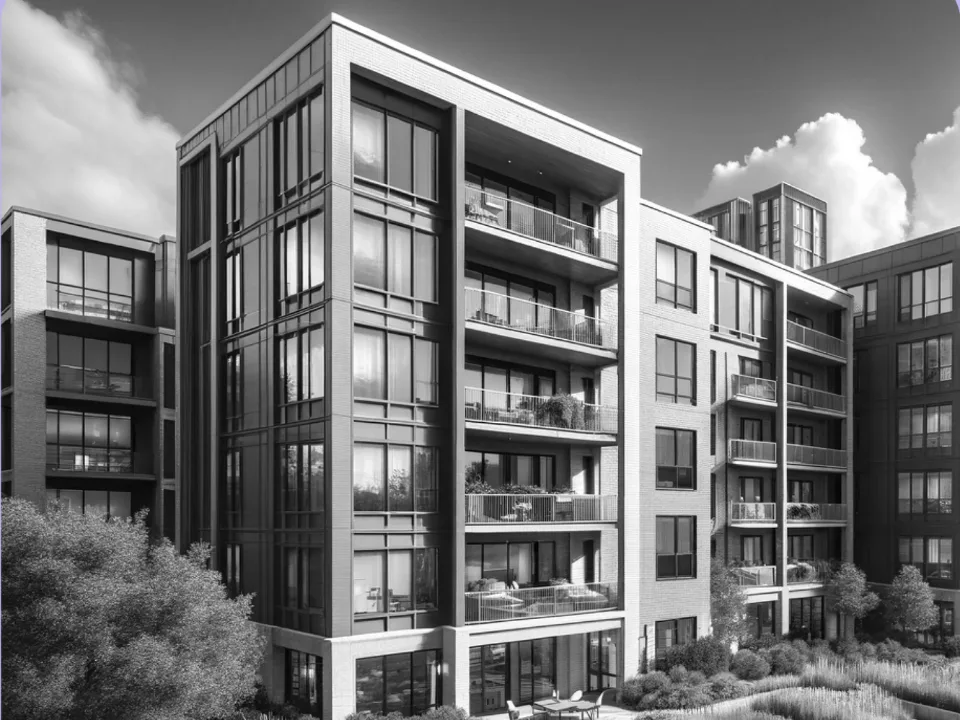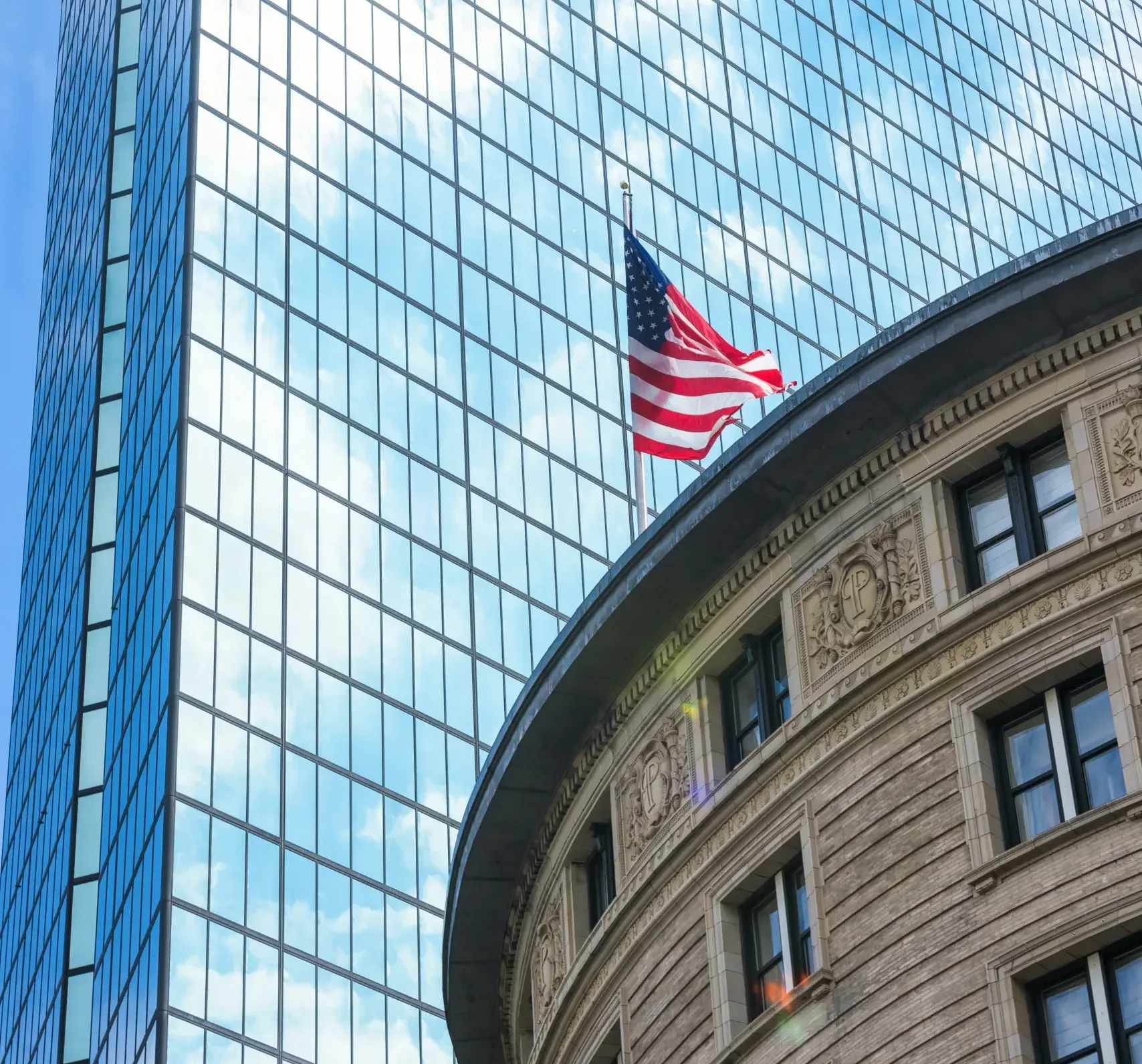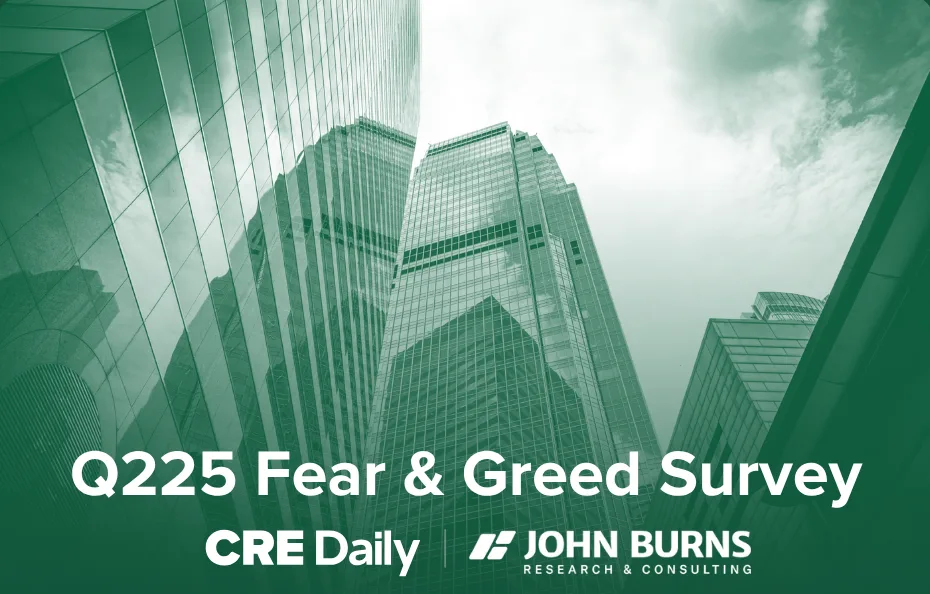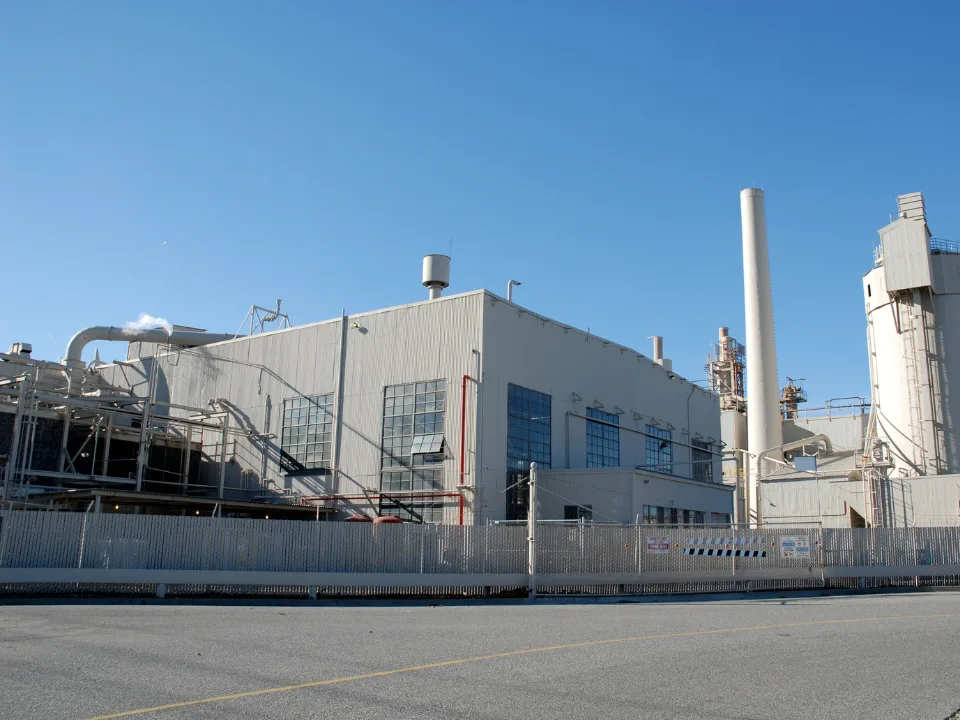WFH Trend May Slash $800B from Office Property Values
The ongoing rise in remote working, initiated by COVID-19 restrictions, might depreciate the worth of office buildings in key cities by $800B within this decade, says a new McKinsey report.
Together with
Good morning. Pandemic-induced behavioral shifts pose a considerable risk to the worth of office spaces in major metropolises. Cities within the Texas Triangle are topping the US in net retail absorption, with growth anticipated to persist. Simultaneously, coastal apartment REITs are now surpassing their Sun Belt counterparts in performance.
Today’s edition is brought to you by Bullpen. See why 500+ top commercial real estate companies use their talent network to find experts.
Market Snapshot
|
|
||||
|
|
*Data as of 7/13/2023 market close.
EMPTY SPACES
McKinsey Predicts $800 Billion Decline in Office Values Due to Remote Work by 2030

A change in work patterns could wipe out some $800 billion in office value globally, according to McKinsey Global Institute. (Andria Cheng/CoStar)
The ongoing rise in remote working, initiated by COVID-19 restrictions, might depreciate the worth of office buildings in key cities by $800B within this decade, says a new McKinsey report.
What’s the damage? According to McKinsey, “superstar” cities such as New York, San Francisco, Houston, London, Paris, Munich, Tokyo, Beijing, and Shanghai could see office space values plummet by 26% from 2019 to 2030, representing an $800 billion inflation-adjusted loss. In a severe scenario, the decline could reach 42%, with higher rates and falling prices potentially worsening the impact.

The impact of hybrid work patterns: The pandemic’s effects on office utilization rates have led to a 30% decrease in office attendance compared to pre-pandemic levels. Workers now visit offices about 3.5 days per week on average. The shift towards hybrid work has resulted in population declines in urban cores, increased vacancy rates, and reduced foot traffic near stores.

Quality shift: McKinsey notes that lower demand has led tenants to secure shorter leases, with a “flight to quality” shift in preferences for companies seeking office space. The consultancy found that from 2020 to 2022, Class A space rent and demand increased faster than Class B in many US cities, as employers aimed to offer more appealing workplaces for their employees.
➥ THE TAKEAWAY
Challenges and opportunities: The rise in hybrid work models has resulted in fewer office-goers and urban dwellers, impacting the demand for city office and retail spaces. Projections suggest a potential decline in demand of 13-38% by 2030, varying by locality. However, cities can adjust by fostering mixed-use neighborhoods and versatile spaces, aligning with the evolving work patterns.
⏩ Forward this article by clicking here.
TOGETHER WITH BULLPEN
When opportunity comes knocking…
When opportunity knocks, the most effective real estate firms are ready to answer the door. Unfortunately, setting up responsive, nimble teams is a job all of its own.
Luckily, this challenge has a solution.
Leading real estate companies use Bullpen to find MVP professionals in acquisitions, asset management, development, underwriting, marketing, and beyond. The Bullpen team of real estate talent advisors is your flexible staffing solution whether you need help for 40 hours or 40 projects.
Get ahead of your next deal and book an intro call today.
RETAIL RESURGENCE
Texas Triangle Cities Are 20% of Nation’s Net Retail Absorption

Crow Holdings’ Michael Levy (Illustration by The Real Deal; Getty, Crow Holdings)
The retail market in Texas, particularly in the Texas Triangle cities of Austin, Dallas-Fort Worth, Houston, and San Antonio, has experienced significant growth and accounted for 20% of the nation’s net retail absorption over the past year.
All from one state? That’s right. Despite the addition of 34MSF of net space during this period, average retail vacancies in Texas have dropped to 4.7%, showcasing the strong demand for retail spaces in the state. Marcus & Millichap’s (MMI) Q2 retail real estate report predicts continued growth in the Texas Triangle, with the region expected to add 1.4M residents over the next five years.
Triangulating on retail potential: Major Texas players know there’s a big opportunity in the retail market and have been doubling down. Crow Holdings recently launched a $2.80B fund dedicated to investing in small-format, convenience-oriented, open-air food and service shopping centers. Despite the initial concerns surrounding the impact of COVID-19 on brick-and-mortar retail spaces, their resilience has caught the attention of contrarian investors.
Rental rates and vacancy numbers: Austin leads the state in retail rent prices at $25 PSF, followed by Houston at $20 PSF. Dallas-Fort Worth and San Antonio have average prices around $19 PSF. Austin boasts the lowest vacancy numbers (3.5%), followed by San Antonio (4%), Dallas-Fort Worth (5.2%), and Houston (5.7%). These cities are expected to see significant retail construction, with Austin projected to deliver almost 2MSF, while Houston and Dallas-Fort Worth could reach 3.5MSF each.
➥ THE TAKEAWAY
Growth prospects and value-add plays: Large-scale investors often avoid retail centers due to modest returns and the complexity of managing multiple tenants. However, firms like Crow Holdings have identified potential for long-term growth in neighborhood shopping centers anchored by tenants like Starbucks (SBUX), Jersey Mike’s, and Home Depot (HD). Consistent growth and stable rent payments allow for rent increases during lease rollovers, leading to double-digit rental growth even in fully occupied spaces.
⏩ Forward this article by clicking here.
COAST TO COAST
Coastal Apartment REITs Are Once Again Outperforming Sun Belt Peers
The tables have turned. Last year, the Sun Belt enjoyed a surge in demand for multifamily housing as thousands relocated for cheaper and less regulated living. But now the tables have turned.
Back to the norm? Coastal apartment REITs are outperforming their Sun Belt counterparts by 17% in the 1H23, according to a report by Green Street analysts. This follows several years of underperformance by Sun Belt REITs, which have only been leading the nation since 2021.
Diverse dynamics: The dynamics of the multifamily market vary not only between states but also between cities, depending on what you’re measuring and how you’re doing that. This degree of complexity means that the level of distress and performance varies depending on the location and specific factors considered.
Financing challenges: Suburban offices are experiencing the same financing difficulties as central business district (CBD) properties, suggesting a broader trend in the CRE market. Access to financing is becoming increasingly difficult and could contribute to the distressed state of the multifamily sector in certain areas.
➥ THE TAKEAWAY
Soft landing or what? While coastal apartment REITs have shown promising performance, there are concerns about an impending recession. The deep spread between coastal-focused REITs and Sun Belt peers could indicate an upcoming downturn in the multifamily market. Investors and analysts need to carefully evaluate location-specific factors to make informed decisions.
⏩ Forward this article by clicking here.
✍️ Daily Picks
-
Rental resilience: According to a Redfin report, despite an increase in supply, US multifamily rents have remained relatively high, although they have declined from their peak a year ago.
-
It’s asymmetric: The $1.35T US junk bond market has contracted by around $200B since its 2021 peak, potentially distorting perceptions of the world’s largest economy’s health.
-
Domino effect: After Beacon Capital Partners missed a payment on CityPoint, a 36-story London office building, Brookfield (BN) took over. But now, they may end up defaulting, too.
-
Office woes: Federal Reserve Bank of Dallas CEO, Lorie Logan, warns of office sector risks, expressing concerns about inflation and advocating for modest interest rate increases.
-
Too hot to handle: Debt availability for hotel owners is a growing concern, with refis requiring additional equity and a 60–65% loan-to-value ratio.
-
Office space blues: LA’s office market vacancy rate hits a historic high of 22.5%, with 10.4MSF of office space available for sublease.
-
Inflation easing: The consumer price index rose 3% YoY in June, leading to a 3% bounce in REIT stocks and signaling a potential slowdown in interest rate increases.
-
Industrial slowdown: In Q2, California’s Inland Empire experienced negative net absorption of 1.3MSF, with a 3.8% vacancy rate and increasing construction.
-
Deal of the day: Where Housing Meets: Chateau Group USA sells The Province in San Gabriel development for $125M, featuring 127 residential units and 50KSF of retail.
-
From 17% to retirement: Walker & Dunlop (WD) President Howard Smith will retire next year after overseeing loan origination and investment sales for the real estate financing firm for 43 years.
-
Willow Wonderland: Meta Platforms (META) has received approvals for architectural plans for its 59-acre Willow Village mixed-use campus in Silicon Valley.
-
Industrial absorption: For the first time in 20 years, California’s Inland Empire witnessed negative net absorption in the industrial market during Q2, reflecting the market’s slowing growth.
📈 Chart of the Day

Source: CompStak. Most valuable deals includes the top ten deals by total rent captured by landlord over lease less any free rent period and work allowance provided. Includes Class A space only.
Los Angeles’ office market availability is now 26.6%, a new record high, after a 20% increase year-over-year in sublease space and a lack of large, new leases.
Savills reports that despite lower demand and declining office valuations, Los Angeles’ asking rent has dipped a mere 0.7% year-over-year. Although landlords maintain asking rents, CompStak data reveals an increase in free rent periods in completed deals.
Particularly in Class A transactions, free rent share has risen more in new deals than in renewals or extensions, surpassing pre-pandemic levels. In 2023, new Class A transactions allotted an average of 5.8% of their term to free rent, up from 4.5% in 2019. For high-value Class A deals, this ratio is even higher, averaging over 7% between 2021 and 2023.
What did you think of today’s newsletter? |
HIT THE INBOX OF 65K+ CRE PROFESSIONALS
Advertise with CRE Daily to get your brand in front of the Who’s Who of commercial real estate. Subscribers are high-income decision makers, investors, and C-suite executives always looking for their next investment, product, or tool.





















